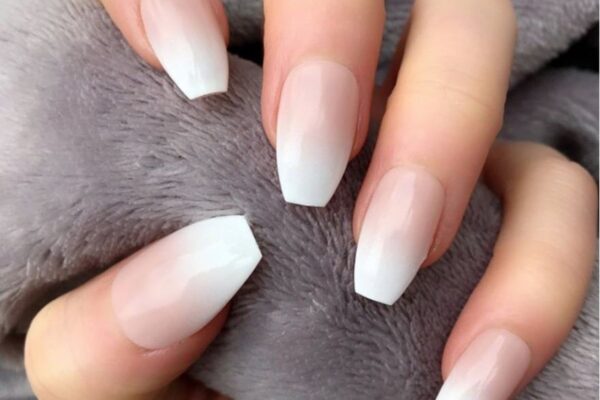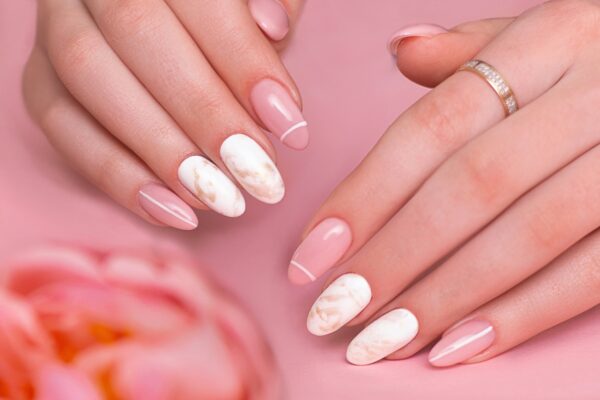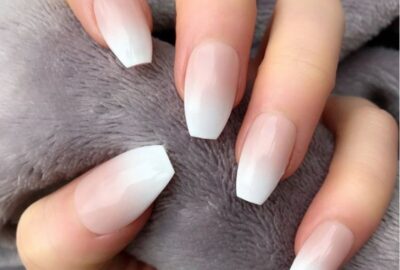Get Creative With ABA Experiments: Designing Outside The Box!
Let’s Think Outside the Box!
When it comes to ABA experiments, it’s easy to fall into a routine of using the same methods over and over again. But what if we challenged ourselves to think outside the box and come up with new and innovative ways to design our experiments? By doing so, we can push the boundaries of what is possible and discover new insights that we may have never uncovered before.
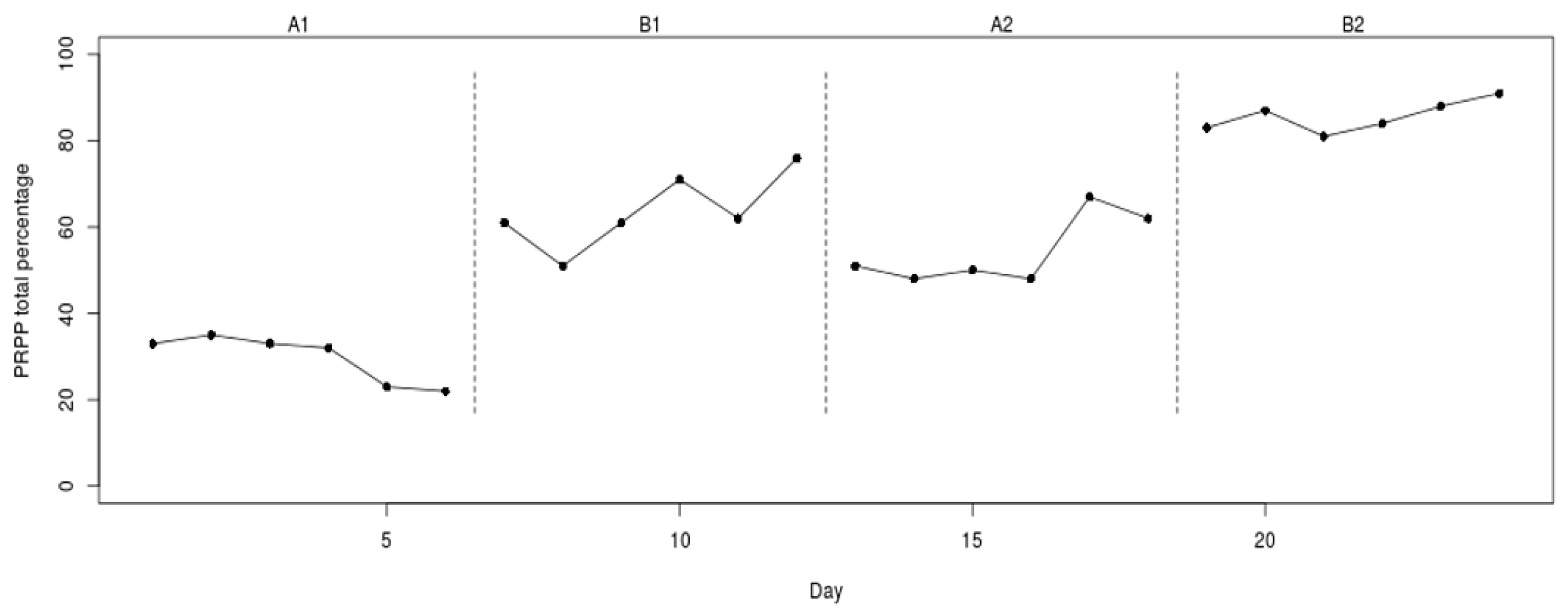
Image Source: mdpi.com
One way to think outside the box in ABA experiments is to consider the environment in which the experiment takes place. Instead of conducting experiments in a traditional laboratory setting, why not take them outside into the real world? By doing so, we can observe behavior in a more natural setting and potentially uncover new patterns and relationships that we may have missed in a controlled environment.
Another way to think outside the box is to consider the participants in our experiments. Instead of working with the same group of individuals, why not recruit a more diverse group of participants? By including individuals with different backgrounds, experiences, and perspectives, we can gain a more comprehensive understanding of behavior and potentially uncover new patterns that we may have overlooked.
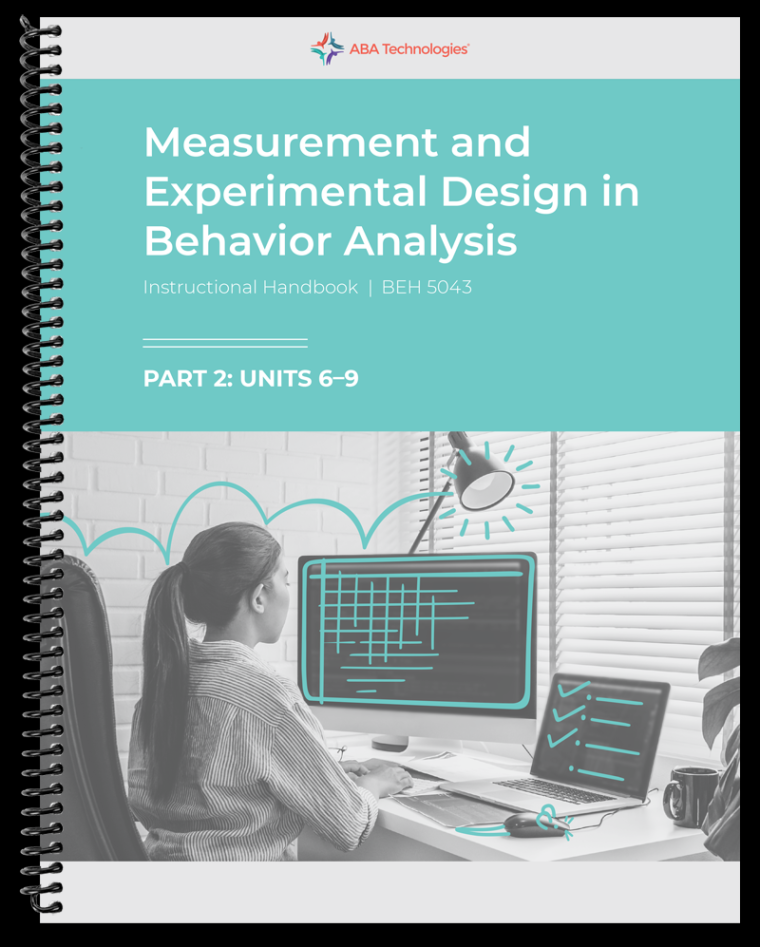
Image Source: abatechnologies.com
In addition to thinking outside the box in terms of the environment and participants, we can also get creative with the design of our experiments. Instead of relying on traditional methods, why not try out new and innovative approaches? For example, we could use technology such as Virtual reality to create immersive and interactive experiments, or we could incorporate elements of gamification to make the experiment more engaging and enjoyable for participants.
Furthermore, we can break free from the constraints of traditional experimental design and embrace a more flexible and open-minded approach. Instead of following a strict protocol, why not allow for more spontaneity and creativity in our experiments? By doing so, we can encourage exploration and discovery, leading to new and exciting findings that may have never been possible within a rigid framework.
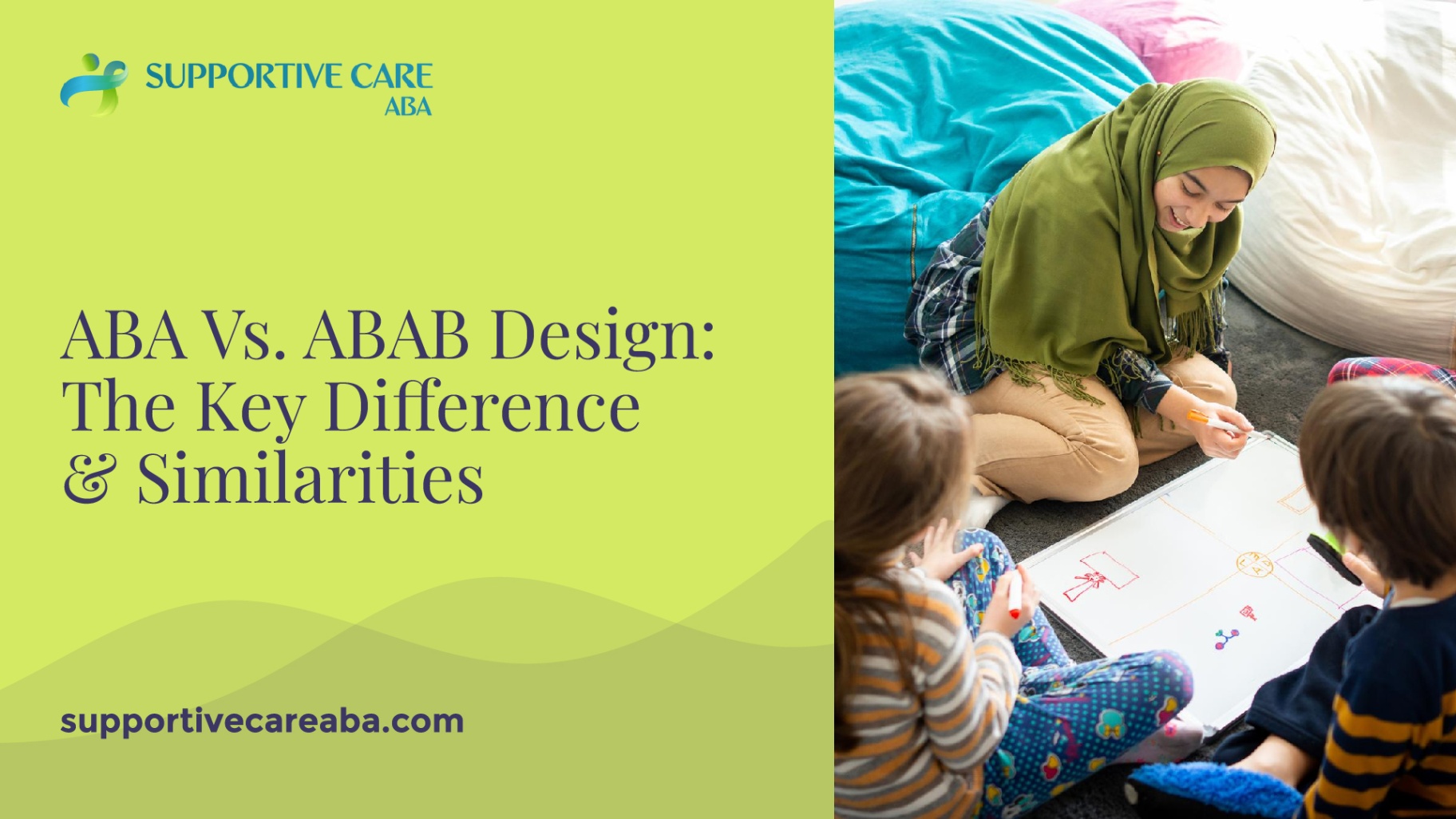
Image Source: website-files.com
Ultimately, by thinking outside the box in our ABA experiments, we can push the boundaries of what is possible and uncover new insights that may have never been discovered before. So let’s embrace creativity, innovation, and open-mindedness in our experimental design and see where it takes us. After all, the sky’s the limit when it comes to exploring the fascinating world of behavior analysis!
Unleash Your Inner Scientist: Get Creative with ABA Experiments!
Have you ever felt like you were stuck in a rut with your ABA experiments? Are you looking to break free from the traditional methods and try something new? It’s time to unleash your inner scientist and get creative with your ABA experiments!
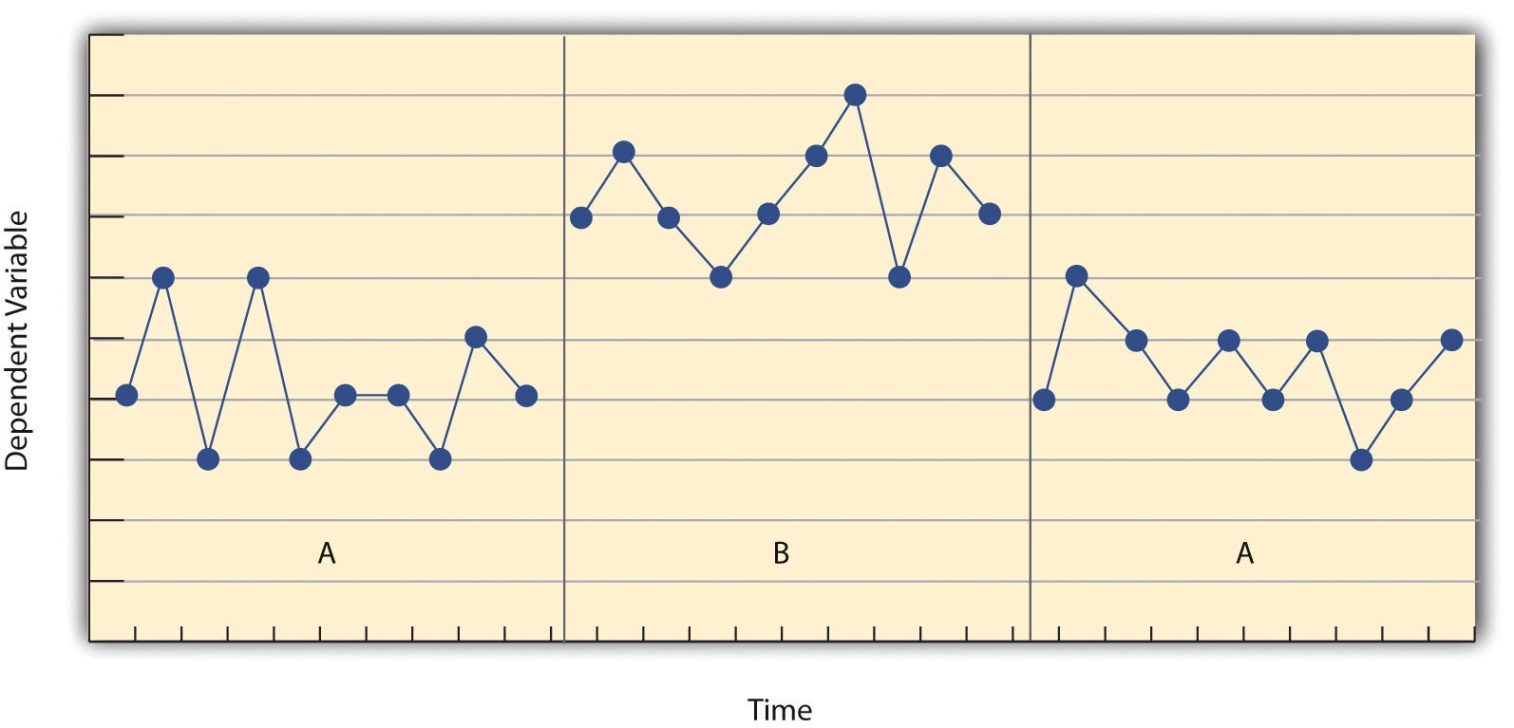
Image Source: github.io
When it comes to ABA, the possibilities are endless. With a little creativity and imagination, you can design experiments that are truly outside the box. Whether you’re working with children, adults, or even animals, there are so many ways to shake things up and make your experiments more engaging and exciting.
One way to get creative with your ABA experiments is to think about the environment in which they take place. Instead of conducting your experiments in a traditional clinical setting, why not take them outside? By bringing your experiments into the real world, you can create a more dynamic and interactive experience for your participants.
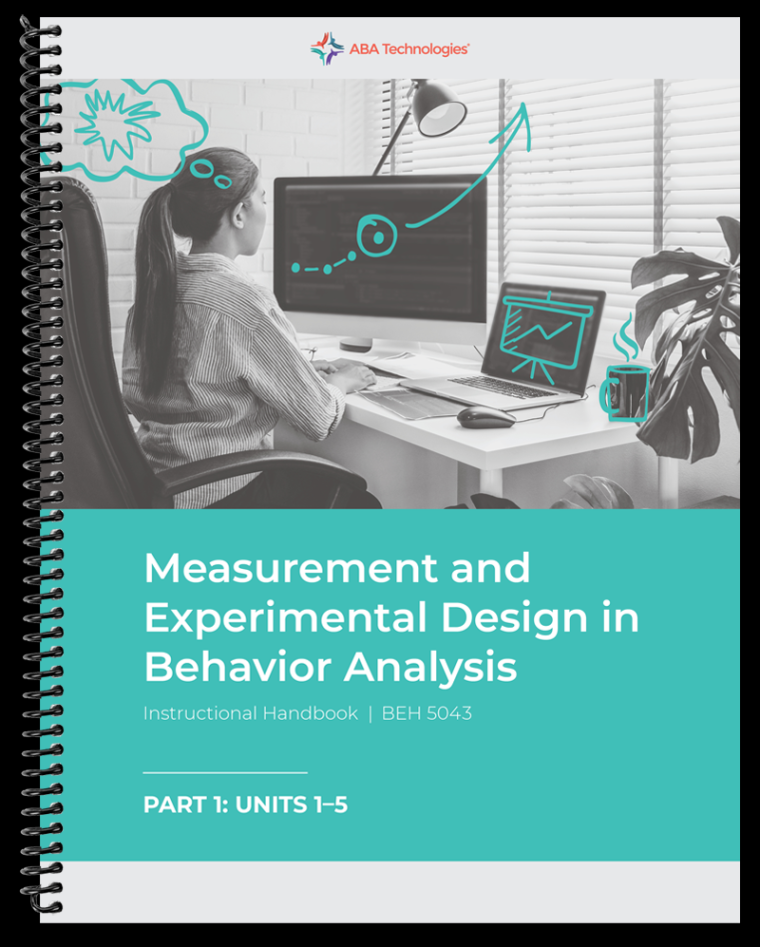
Image Source: abatechnologies.com
For example, if you’re working with children who are learning social skills, you could take them to a playground and observe how they interact with their peers in a natural setting. Or if you’re working with adults who are trying to break a habit, you could conduct your experiments in a real-life situation, such as a shopping mall or a restaurant.
Another way to get creative with your ABA experiments is to incorporate technology into your design. With the rise of smartphones and tablets, there are so many opportunities to use technology to enhance your experiments. You could create a game or an interactive app that reinforces the skills you’re trying to teach, or use Virtual reality to simulate challenging situations.
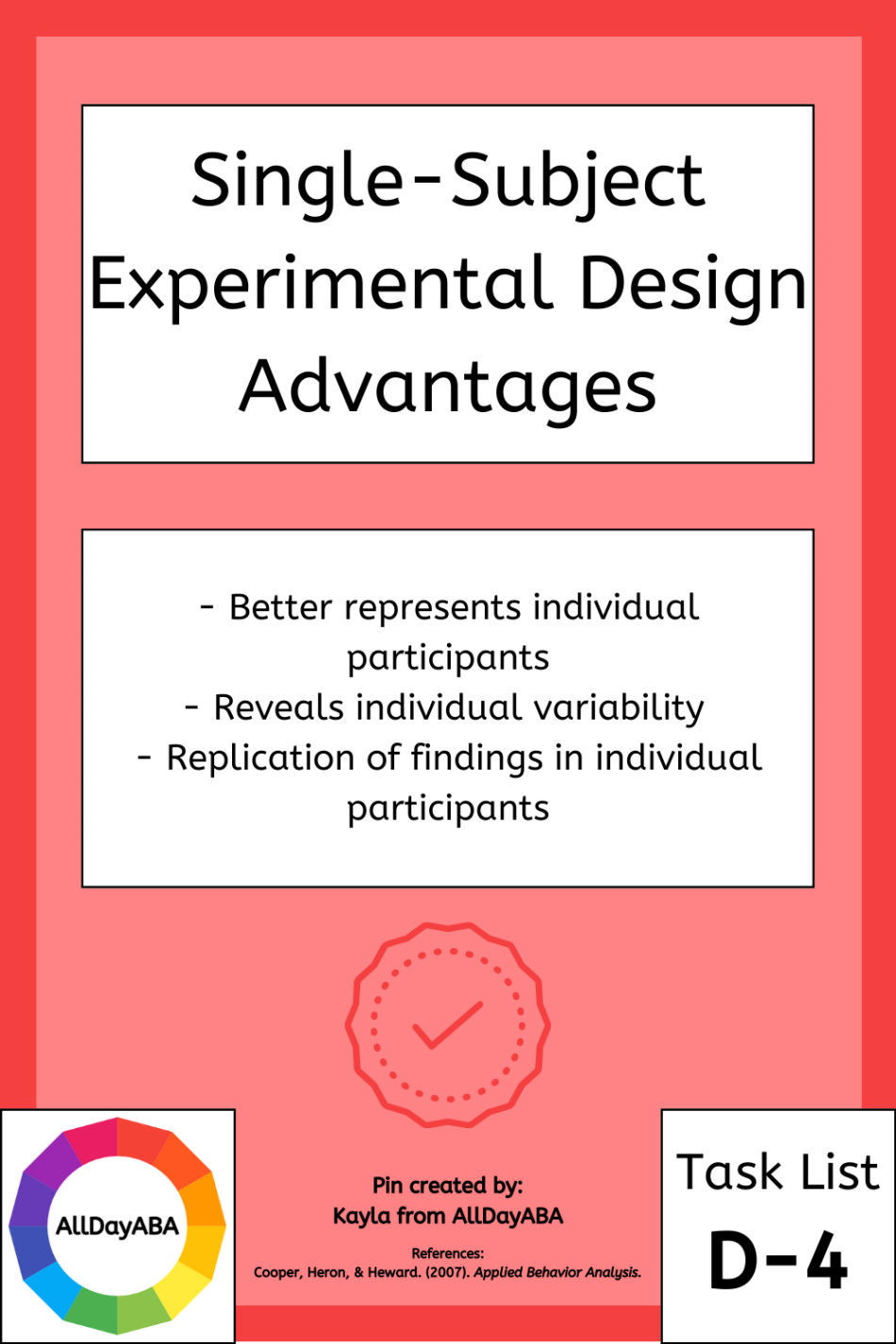
Image Source: pinimg.com
You could also think about incorporating art and music into your experiments. For example, you could use painting or drawing as a way to help participants express their emotions, or play music during your experiments to create a more relaxed and positive atmosphere. By tapping into different forms of expression, you can engage your participants in new and exciting ways.
When it comes to ABA experiments, don’t be afraid to think outside the box. The more creative and innovative you are, the more engaging and effective your experiments will be. So go ahead, unleash your inner scientist and design experiments that are truly outside the box!
Break the Mold with ABA
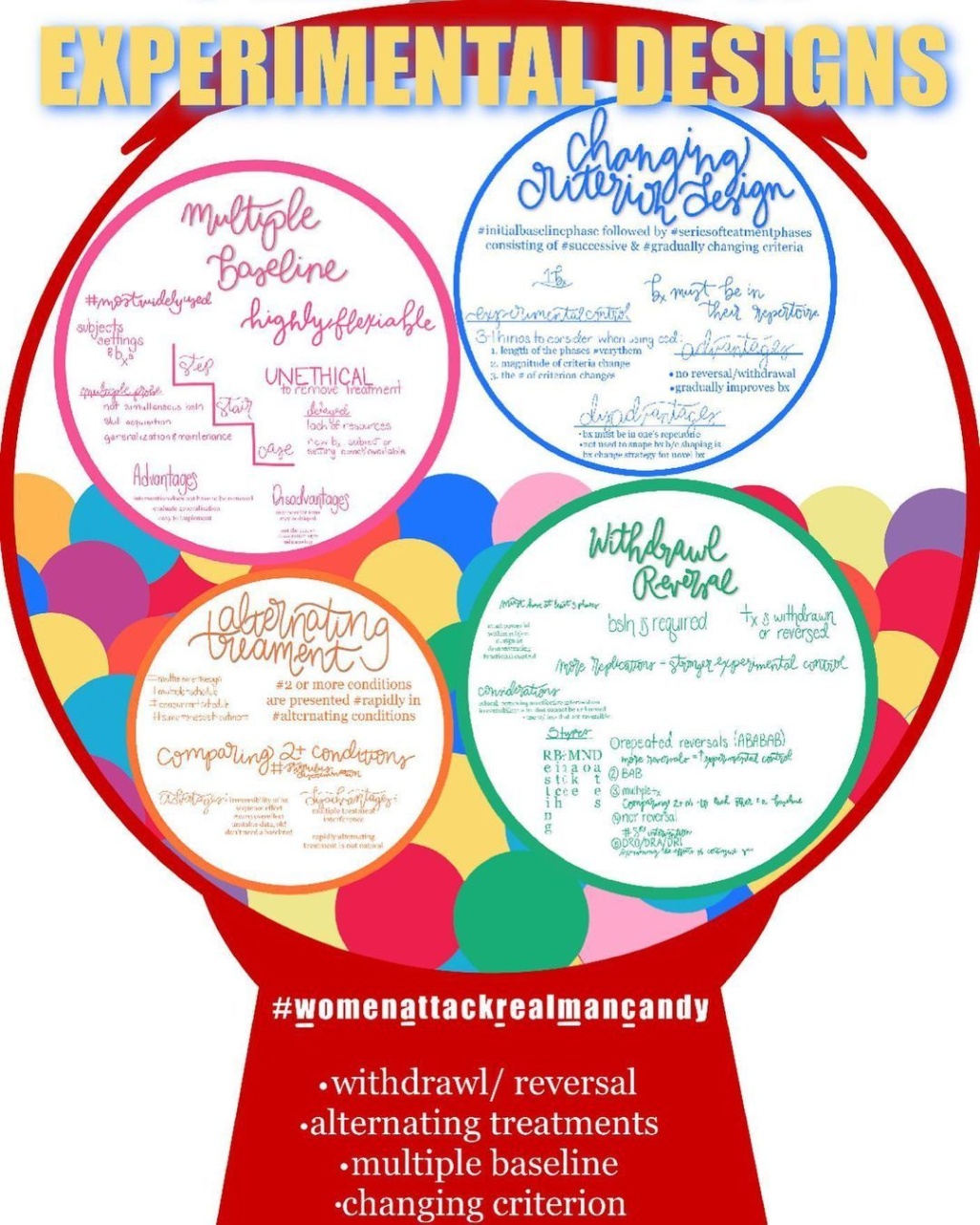
Image Source: pinimg.com
When it comes to conducting experiments in the field of Applied Behavior Analysis (ABA), it’s important to think outside the box and break free from traditional methods. ABA is a scientific approach to understanding behavior and how it is influenced by the environment. By breaking the mold with ABA experiments, you can uncover new insights and make exciting discoveries that can lead to positive behavior change.
One way to break the mold with ABA experiments is to approach them with a creative mindset. Instead of sticking to the same old procedures and techniques, try thinking outside the box and designing experiments that are unique and innovative. This can involve coming up with new ways to measure behavior, using novel stimuli, or exploring unconventional variables. By thinking creatively, you can uncover new patterns and relationships that may have been overlooked in more traditional experiments.
Another way to break the mold with ABA experiments is to embrace complexity. Instead of simplifying your experiments to make them more manageable, consider tackling more complex behaviors and environments. This can involve studying behaviors that occur in natural settings, such as Homes or schools, rather than in controlled laboratory settings. By embracing complexity, you can gain a more realistic understanding of how behavior works in the real world and develop more effective interventions.
Additionally, breaking the mold with ABA experiments means being willing to take risks and try new approaches. Instead of relying on the same old methods that have been used for decades, be open to exploring new techniques and technologies. This could involve using Virtual reality simulations, incorporating biofeedback devices, or collaborating with experts from other fields, such as neuroscience or computer science. By taking risks and trying new approaches, you can push the boundaries of what is possible in ABA research and make groundbreaking discoveries.
In addition to being creative and embracing complexity, breaking the mold with ABA experiments also means being open to collaboration. Instead of working in isolation, consider partnering with other researchers, practitioners, or individuals with lived experience. By collaborating with others, you can bring diverse perspectives and expertise to your experiments, leading to more robust and impactful findings. This can also help you think outside the box and come up with innovative solutions to complex behavioral problems.
Overall, breaking the mold with ABA experiments is about pushing the boundaries of what is possible and exploring new frontiers in behavior analysis. By thinking creatively, embracing complexity, taking risks, and collaborating with others, you can design experiments that are truly outside the box and make a meaningful impact in the field. So don’t be afraid to break free from tradition and try something new – you never know what exciting discoveries you might uncover!
Get Creative with Your Experiments
Are you tired of the same old ABA experiments? Do you feel like you’re stuck in a rut, doing the same thing over and over again? It’s time to shake things up and get creative with your experiments! Designing outside the box can not only make your work more interesting and engaging, but it can also lead to new discoveries and breakthroughs in your research.
One way to get creative with your experiments is to think about different ways to measure your results. Instead of relying solely on traditional methods, consider using innovative techniques such as video analysis, eye tracking, or Virtual reality simulations. By thinking outside the box and exploring new ways to collect data, you may uncover patterns and insights that you wouldn’t have discovered otherwise.
Another way to get creative with your experiments is to incorporate elements of gamification. By turning your experiments into games or challenges, you can make them more fun and engaging for both yourself and your participants. For example, you could create a point system, offer rewards for successful completion, or add elements of competition to motivate participants to do their best.
You can also get creative with the design of your experiments themselves. Instead of sticking to the same old format, try mixing things up by incorporating elements of art, music, or storytelling into your research. For example, you could create a visual storyboard to guide participants through the experiment, or use music to set the tone and mood of the session. By adding these creative elements, you can make your experiments more immersive and memorable for everyone involved.
In addition to incorporating creative elements into your experiments, you can also get creative with the way you analyze and interpret your data. Instead of simply looking at the numbers, try using visualization tools, infographics, or even creating a multimedia presentation to showcase your findings. By presenting your data in a visually engaging way, you can make it easier for others to understand and appreciate the significance of your work.
Finally, don’t be afraid to collaborate with others and seek input from different perspectives. By working with colleagues from diverse backgrounds and disciplines, you can gain new insights and approaches to your experiments that you may not have considered on your own. Collaborating with others can also help you to think outside the box and come up with innovative solutions to the challenges you face in your research.
In conclusion, getting creative with your experiments is a great way to break out of the routine and explore new possibilities in your research. By thinking outside the box, incorporating elements of gamification, design, and collaboration, you can make your experiments more engaging, interesting, and impactful. So go ahead, unleash your creativity and see where it takes you in your ABA experiments!
aba experimental design
